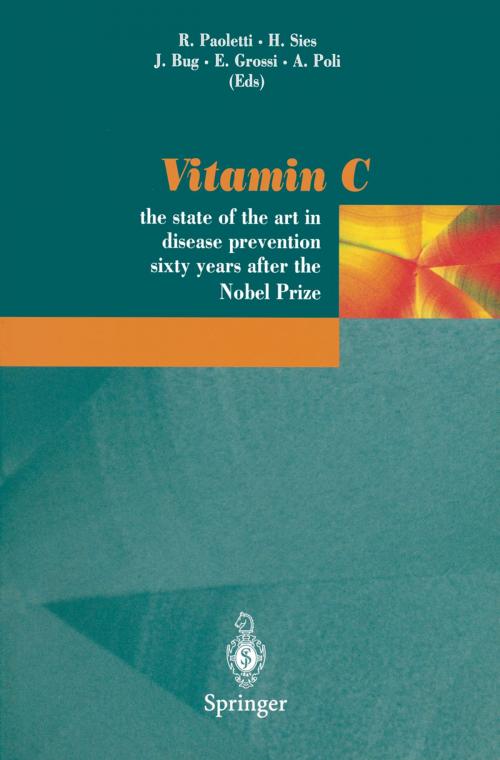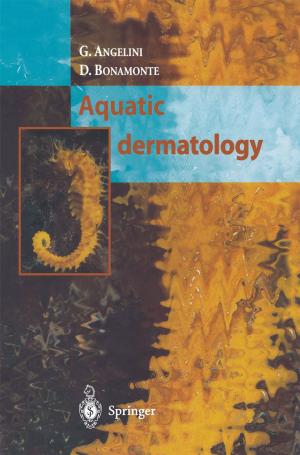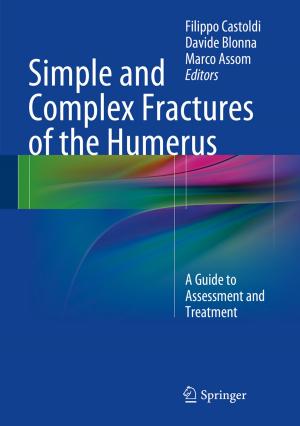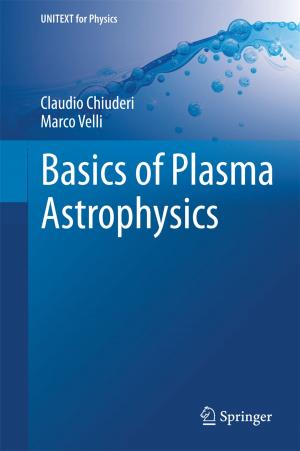Vitamin C
The state of the art in disease prevention sixty years after the Nobel Prize
Nonfiction, Science & Nature, Science, Other Sciences, Molecular Biology, Health & Well Being, Medical, Medical Science, Pharmacology| Author: | ISBN: | 9788847022447 | |
| Publisher: | Springer Milan | Publication: | December 6, 2012 |
| Imprint: | Springer | Language: | English |
| Author: | |
| ISBN: | 9788847022447 |
| Publisher: | Springer Milan |
| Publication: | December 6, 2012 |
| Imprint: | Springer |
| Language: | English |
Vitamin C, or ascorbic acid, has a long and multifaceted scientific history. In 1937, the Nobel Prize for Physiology and Medicine was awarded to Albert Szent-Gyorgyi'in recognition of his discoveries concerning the biological oxida tion processes with special reference to vitamin C', and the Nobel Prize for Chemistry was shared by Sir Norman W. Haworth, who was the first to synthesize the vitamin. Vitamin C is a potent antioxidant, and this action represented the theoretical basis for various lines of investigation on this molecule in which the potential role of ascorbic acid in the prevention and treatment of a series of dis eases, whose pathogenesis is linked to an excess of free radicals such as athero sclerosis and cancer, have been examined. These data have been analyzed in detail by experts in biochemistry, epidemi ology, and preventive and clinical medicine in the International Symposium Vitamin C, the state of the art in disease prevention sixty years after the Nobel Prize, held in Monte Carlo from October 31 to November 1, 1997, under the aus pices and the scientific endorsement of the Nutrition Foundation of Italy and with the financial support of Bracco SpA and Merck.
Vitamin C, or ascorbic acid, has a long and multifaceted scientific history. In 1937, the Nobel Prize for Physiology and Medicine was awarded to Albert Szent-Gyorgyi'in recognition of his discoveries concerning the biological oxida tion processes with special reference to vitamin C', and the Nobel Prize for Chemistry was shared by Sir Norman W. Haworth, who was the first to synthesize the vitamin. Vitamin C is a potent antioxidant, and this action represented the theoretical basis for various lines of investigation on this molecule in which the potential role of ascorbic acid in the prevention and treatment of a series of dis eases, whose pathogenesis is linked to an excess of free radicals such as athero sclerosis and cancer, have been examined. These data have been analyzed in detail by experts in biochemistry, epidemi ology, and preventive and clinical medicine in the International Symposium Vitamin C, the state of the art in disease prevention sixty years after the Nobel Prize, held in Monte Carlo from October 31 to November 1, 1997, under the aus pices and the scientific endorsement of the Nutrition Foundation of Italy and with the financial support of Bracco SpA and Merck.















